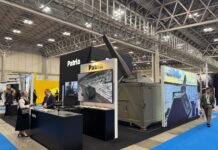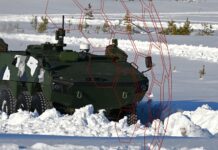On 9 September 2025, Patria unveiled the TRACKX (Pronounced: Tracks), a new clean-sheet design lightweight multirole tracked platform. At the unveiling event, Finnish Army Lt Gen Jari Mikkonen announced that Finland had ordered a batch of TRACKX vehicles, due for delivery in 2026, but did not disclose the quantity. These are understood to be pre-series production vehicles, as Patria maintained that TRACKX would be ready for mass production in 2027, as per ESD’s reporting on the TRACKX prototype shown in March 2025.
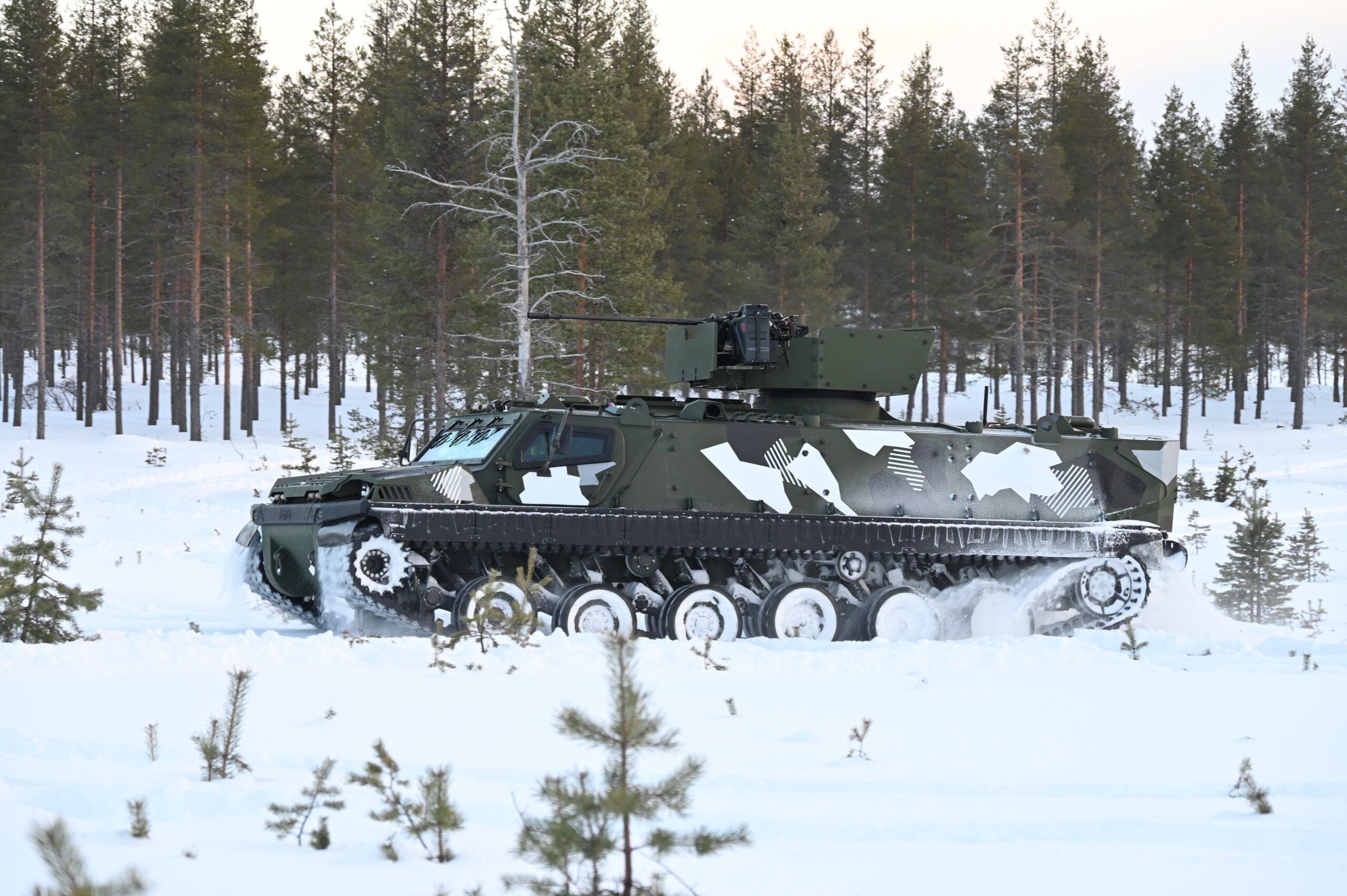

| Table 1: Specifications | |
| Crew | 2+10 |
| Dimensions (LWH) | 7.2 m × 2.9 m × 2 m (to hull roof) |
| Ground clearance | 0.55 m |
| Track width | 0.55 m |
| Empty weight (APC Configuration) | 11.5 tonnes |
| Maximum combat weight | 15 tonnes |
| Ground pressure | 32 KPa (0.326 kg/cm2) |
| Protection rating (STANAG 4569) | Level 1/1A, with Level 2 ballistic optional |
| NBC protection | Optional |
| Engine model | Caterpillar 7.1 in-line 6-cylinder (with pre-heater) |
| Engine power | 296 kW (360.7 hp) |
| Transmission model | Renk HSWL076 |
| Tracks | Soucy CRTs |
| Max speed | 88 km/h |
| Reverse speed | Electronically limited to 40 km/h |
| Amphibious | Yes, with short preparation (circa 2 minutes) |
| Swim speed | 4 km/h (propelled via tracks) |
| Maximum gradient | 60% (31°) |
| Side slope | 30% (16.7°) |
| Trech crossing | 2 m |
| Operating temperature conditions | -46 °C to +44 °C |
New details emerge
In terms of new details uncovered at the launch, this was the first time press were allowed to enter the vehicle interior, and ESD was shown around by Patria’s Technical Product Manager Simo Saukko. The front cab sits two crew, the driver and commander side-by-side, with an access tunnel to the crew compartment located behind the commander’s seat. The crew compartment has seating for 10 dismounts, one of whom would have to act as the gunner if a ring mount or weapon station were selected, Saukko explained.
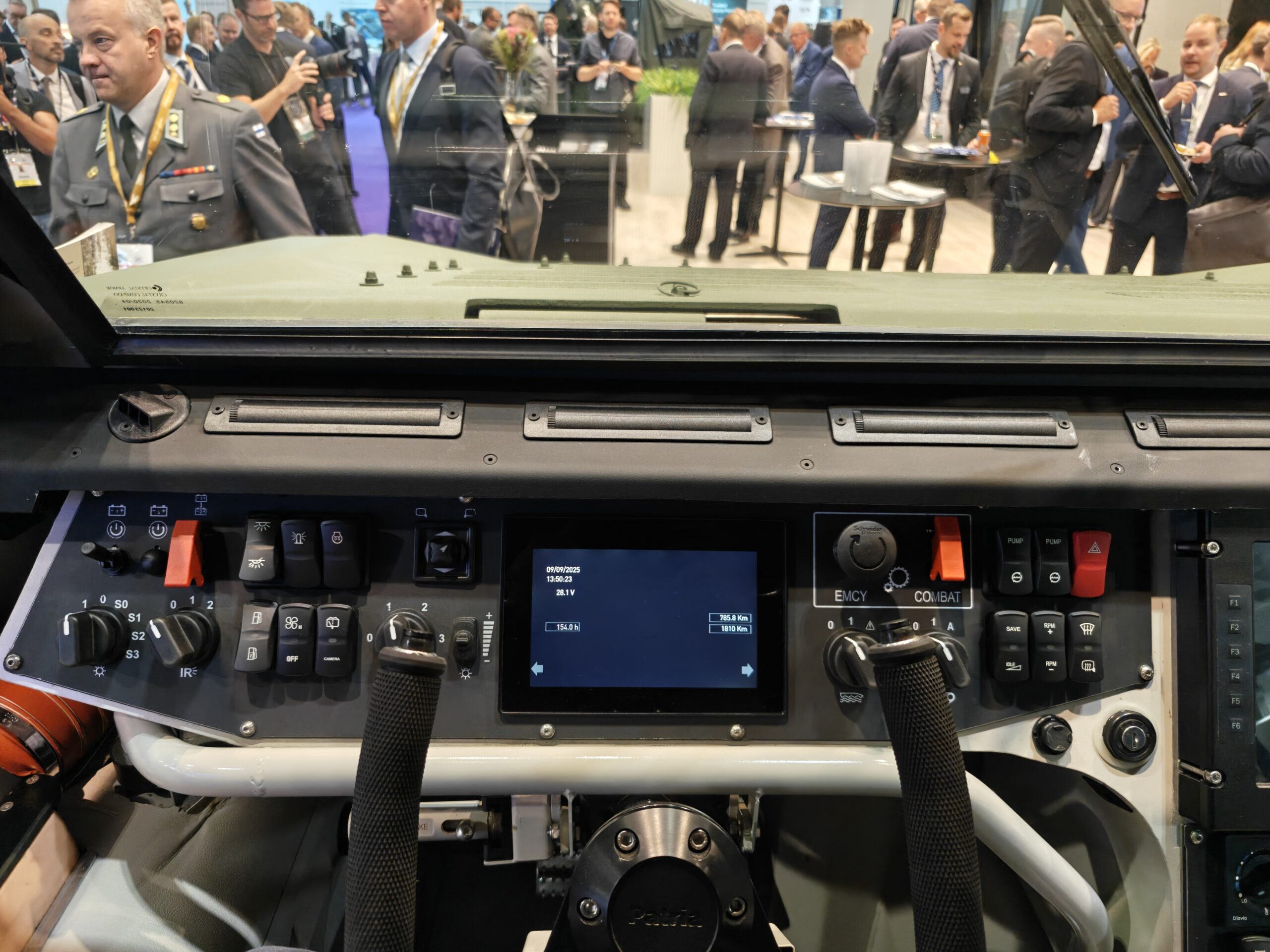

Patria Programme Director Timo Mennala shared the procedure for amphibious preparation. He stated that to prepare the vehicle for amphibious operations, the crew were required to undo and reverse three snorkels on the hull roof to allow air intake and exhaust for the engine and crew compartment, activate five bilge pumps from switches in the cab (in case of accidental water ingress), and manually lower the trim vane.
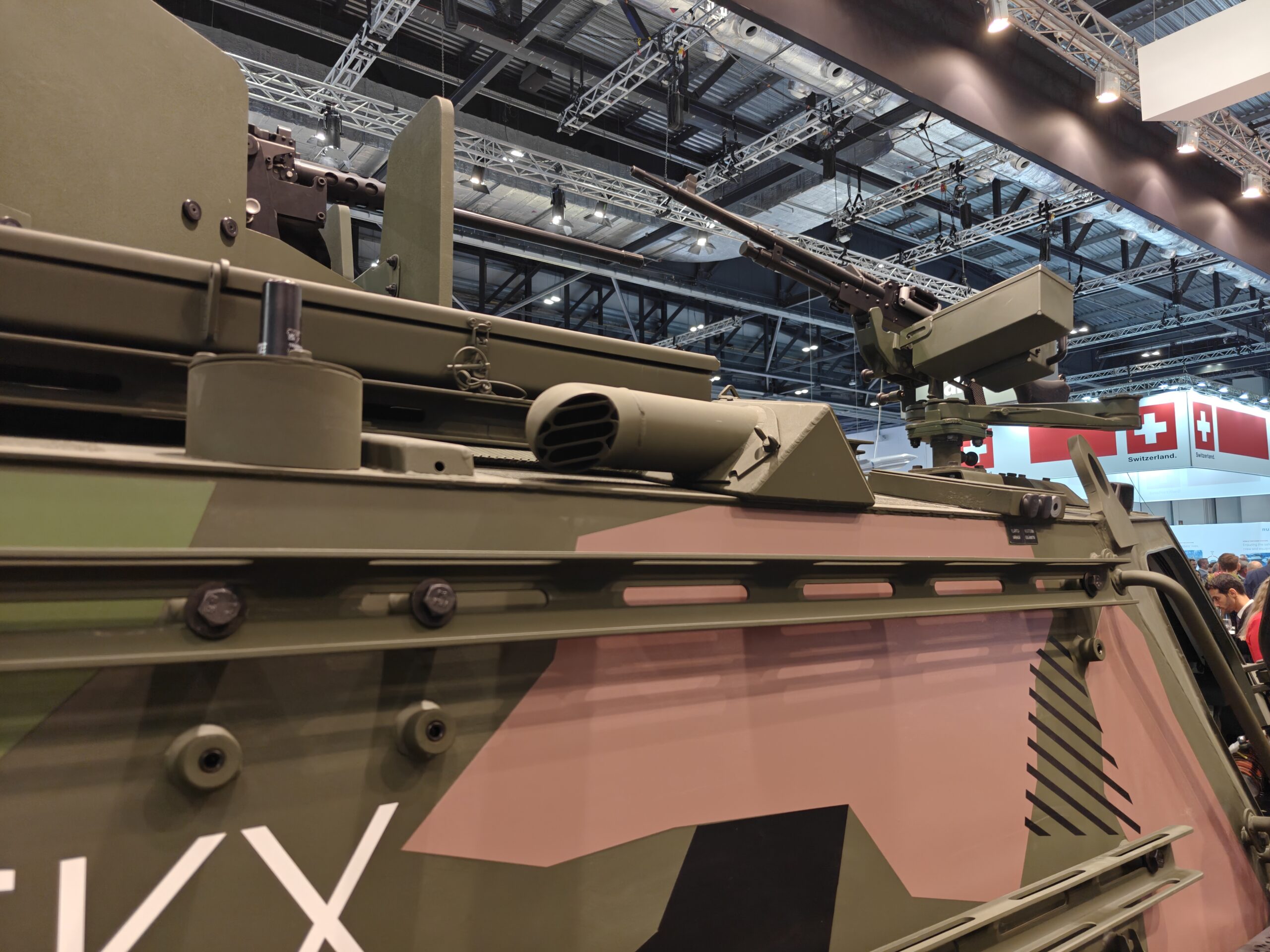
The first clean-sheet design in this class for decades
Completely clean-sheet tracked vehicle designs tend to emerge quite rarely, so it is generally a significant occurrence when they do. So what is it about Patria’s TRACKX which necessitated a clean-sheet design? Well, simply put, there was no real alternative available for this niche.
TRACKX is a lightweight tracked platform which is suited to adaptation for many different roles, wherever the superior terrain trafficability characteristics of tracks over wheels are required. It is not intended to be a medium-weight tracked vehicle for frontline combat, in the vein of infantry fighting vehicle (IFV) class platforms such as CV90, ASCOD, or KF41. Rather, it can more accurately be thought of as a modern equivalent to the likes of the US M113, Soviet MT-LB. Both were lightly protected tracked ‘workhorse’ platforms in the 8-15 tonne class, adapted into a large number of configurations.
However, new designs in this niche have been pretty thin on the ground since the mid-Cold War. Indeed, if one discounts various derivatives of older designs, such as the Turkish ACV series, Soviet MT-LBu, Poland’s Opal series, and (arguably) China’s ZSD89 (AKA: Type 89, YW-534), there arguably hasn’t been a true clean-sheet design in this weight class for at least 55 years. If this sounds incredible, consider the in-service dates of most vehicles in the same or similar class: M113 (1961), FV432 (1963), MT-LB (1964), Pbv 302 (1966), CVR(T) (1970). Most have long since been retired from service without a direct like-for-like replacement.
TRACKX is therefore a highly significant development, both because it is the first new design in this class to emerge in decades, and also because it bucks the long-running trend of modern vehicles getting significantly heavier than their predecessors. After lacking options in this niche for many years, European armed forces now have access to a lightweight multirole tracked platform capable of negotiating some of the most challenging terrain types.






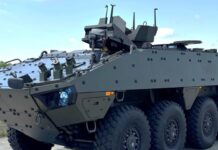
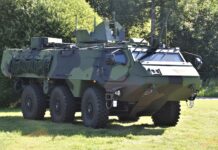

![Connect-4 The European Super RAP developed by NATO’s ACCS is shared with NATO’s Allied Air Command headquarters in Ramstein, western Germany. Two CAOCS, controlling NATO airspace above northern and southern Europe, generate these RAPs. [NATO]](https://euro-sd.com/wp-content/uploads/2025/06/NATO-Allied-Air-Command-NATO-Kopie-218x150.jpg)

